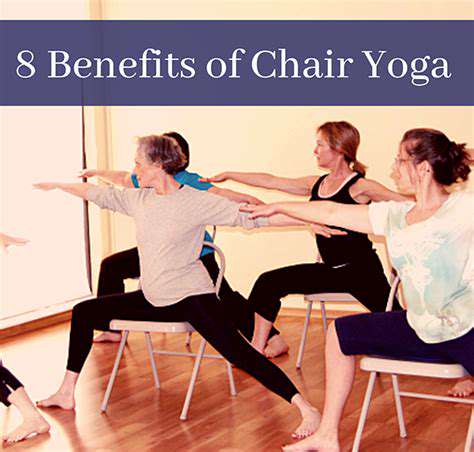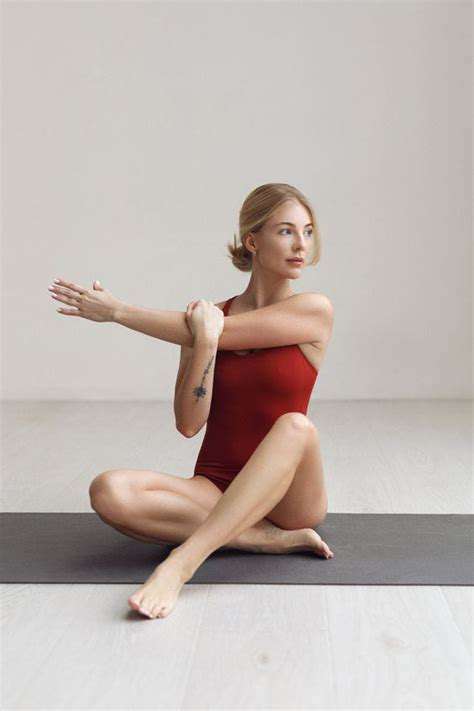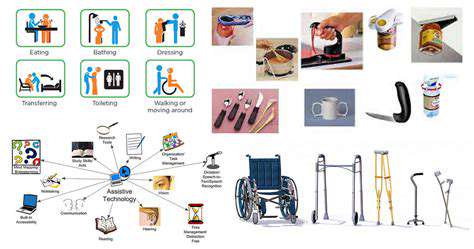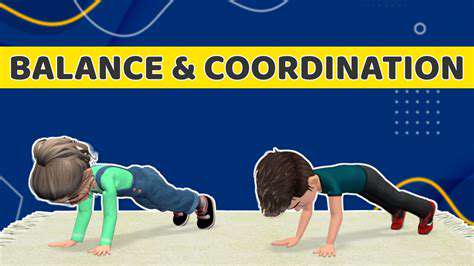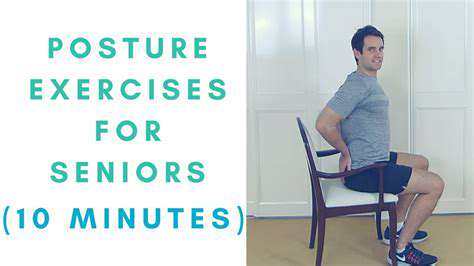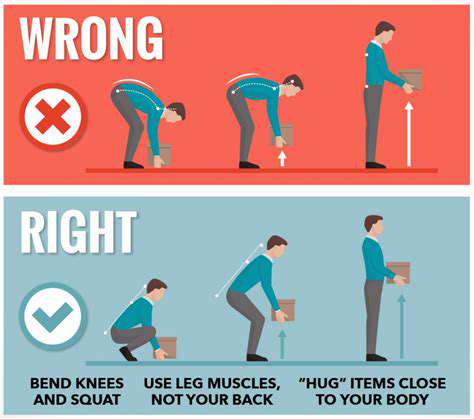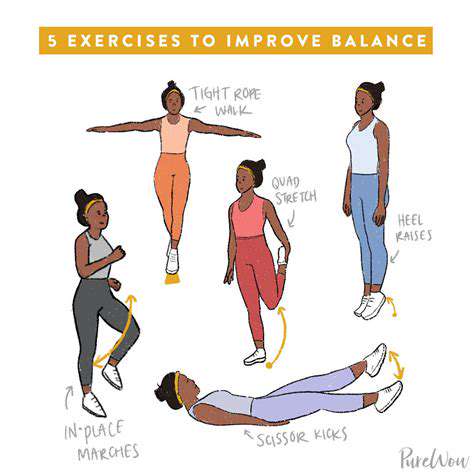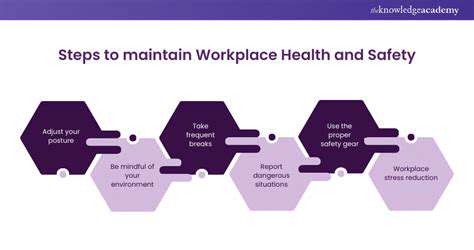Is Chair Yoga Effective for Improving Senior Balance?
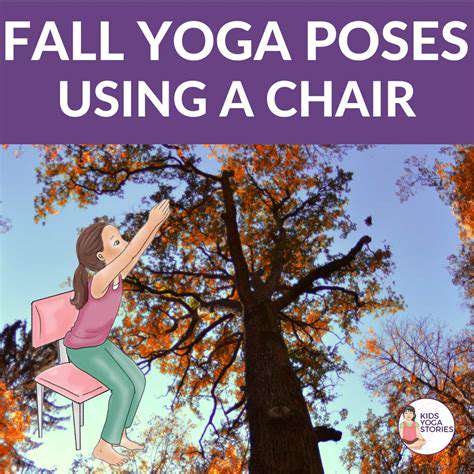
Chair Yoga for Enhanced Balance
Chair yoga offers a fantastic way to improve balance and stability, crucial for preventing falls. By practicing gentle movements and stretches while seated, individuals can gradually strengthen muscles in their legs, core, and back, all of which contribute to better postural control. This improved balance translates directly into a reduced risk of falls, especially in older adults or those with pre-existing mobility challenges. Chair yoga can also help increase flexibility and range of motion, making everyday activities easier and safer.
The controlled environment of a chair yoga class provides a supportive foundation for practicing balance exercises. Instructors often guide participants through a series of poses designed to build strength and coordination. This structured approach makes it easy to learn and practice these techniques safely, minimizing the risk of injury.
Improving Core Strength Through Chair Yoga
A significant aspect of fall prevention involves strengthening the core muscles. These muscles, located deep within the abdomen and back, play a pivotal role in maintaining balance and stability. Chair yoga incorporates a variety of seated exercises that target these core muscles, helping to enhance strength and resilience. This leads to improved body awareness and a greater ability to respond to unexpected movements or shifts in posture.
Flexibility and Range of Motion: Crucial for Fall Prevention
Maintaining flexibility and a healthy range of motion is essential for preventing falls. Stiff joints and muscles can limit movement, increasing the risk of tripping or losing balance. Chair yoga poses, often involving gentle stretches and controlled movements, help to improve flexibility and range of motion around the hips, knees, ankles, and shoulders. This increased mobility allows for a more graceful and stable gait, reducing the likelihood of falls.
The focus on controlled movements in chair yoga also helps to improve proprioception, the body's ability to sense its position in space. This enhanced awareness is critical for maintaining balance and reacting quickly to potential hazards.
Benefits for Seniors and Individuals with Mobility Issues
Chair yoga is particularly beneficial for seniors and individuals with mobility limitations. It provides a safe and accessible way to improve balance, strength, and flexibility without the need for strenuous physical activity or complex movements. This makes it a suitable exercise program for those who might find other forms of yoga or traditional exercise challenging or impossible. It's a great way to stay active and maintain a healthy lifestyle, even with limitations.
The supportive nature of chair yoga fosters a sense of community and encouragement. Participants often find the shared experience motivating and beneficial for their overall well-being, as well as assisting in the prevention of falls.
Mental Well-being and Fall Prevention
Beyond the physical benefits, chair yoga also promotes mental well-being, which can indirectly contribute to fall prevention. Stress and anxiety can negatively impact balance and coordination. The mindfulness and relaxation techniques often integrated into chair yoga classes can help to reduce stress and improve focus, creating a more stable mental state. This, in turn, can improve balance and coordination, leading to a lower risk of falls.
Specific Exercises for Fall Prevention in Chair Yoga
A variety of chair yoga exercises can be tailored to improve balance and reduce the risk of falls. These may include seated leg raises, gentle arm stretches, and controlled torso rotations. Specific poses are designed to target muscles crucial for balance and stability. Further, instructors often incorporate exercises that simulate everyday movements, such as reaching for objects or rising from a seated position, helping individuals practice these actions in a controlled and safe environment. The practice of these exercises strengthens the muscles and improves coordination, making everyday tasks and movements safer.
